Cubic tailors mortar simulator for the US Army
The company’s mortar trainer received improvements based on soldier’s feedback.
ARA has developed a new Non-Pyrotechnic Diversionary Device (NPDD) in order to give tactical teams an advantage in situations where the use of a pyrotechnic flash-bang is a poor or nonexistent choice.
The device has been developed to eliminate the exposure to hazardous toxins and inhalants common to pyrotechnic devices. The NPDD is a non-toxic, intrinsically safe diversionary device that uses a combination of non-pyrotechnic light and blast elements to create a distraction with similar effect to conventional pyrotechnic flash-bang devices with light and sound.
The NPDD features interchangeable burst caps, so the acoustic impulse and concussive force are customisable. The NPDD also features a customisable flash sequence and fuze delay, and is submersible for maritime operations.
The device uses compressed CO2 to pressurise a replaceable bursting cap to produce diversionary concussive force and acoustic impulse with a peak sound pressure level of 165 decibels. The NPDD uses LEDs and a replaceable COTS battery with supercapacitors to produce an ultra-bright flash of light.
In addition, the NPDD does not create any obscuring smoke or release hazardous toxins or inhalation hazards, making it ideal for repeated use in a training environment.
The NPDD can be used in training situations where the NPDD is typically less expensive per use and eliminates exposure to hazardous toxins and inhalants; in situations that would normally preclude the use of traditional pyrotechnic flash-bang devices (due to, for example, personnel injury concerns, fire hazards and sensitive materials); and in training or operational scenarios conducted in smaller spaces, where the full intensity of a standard flash-bang is not needed, or may be dangerous.
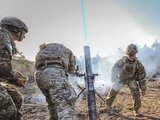
The company’s mortar trainer received improvements based on soldier’s feedback.
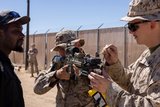
The company will operate in two new locations in the coming years to better support US services.

This type of tool provides more realistic training easing the incorporation of new scenarios that accurately represent the threats of the battlefield.
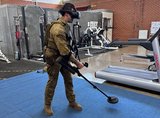
The Engineering Corps has been conducting individual instruction using FLAIM Systems’ Sweeper and should start collective deployments in 2025.
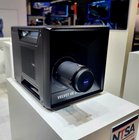
The next-generation platform is motion-compatible and can be used in OTW and NVG applications.
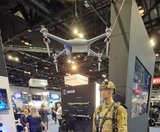
The system can be used to prepare soldiers for both drone offensive operations and CUAS missions.